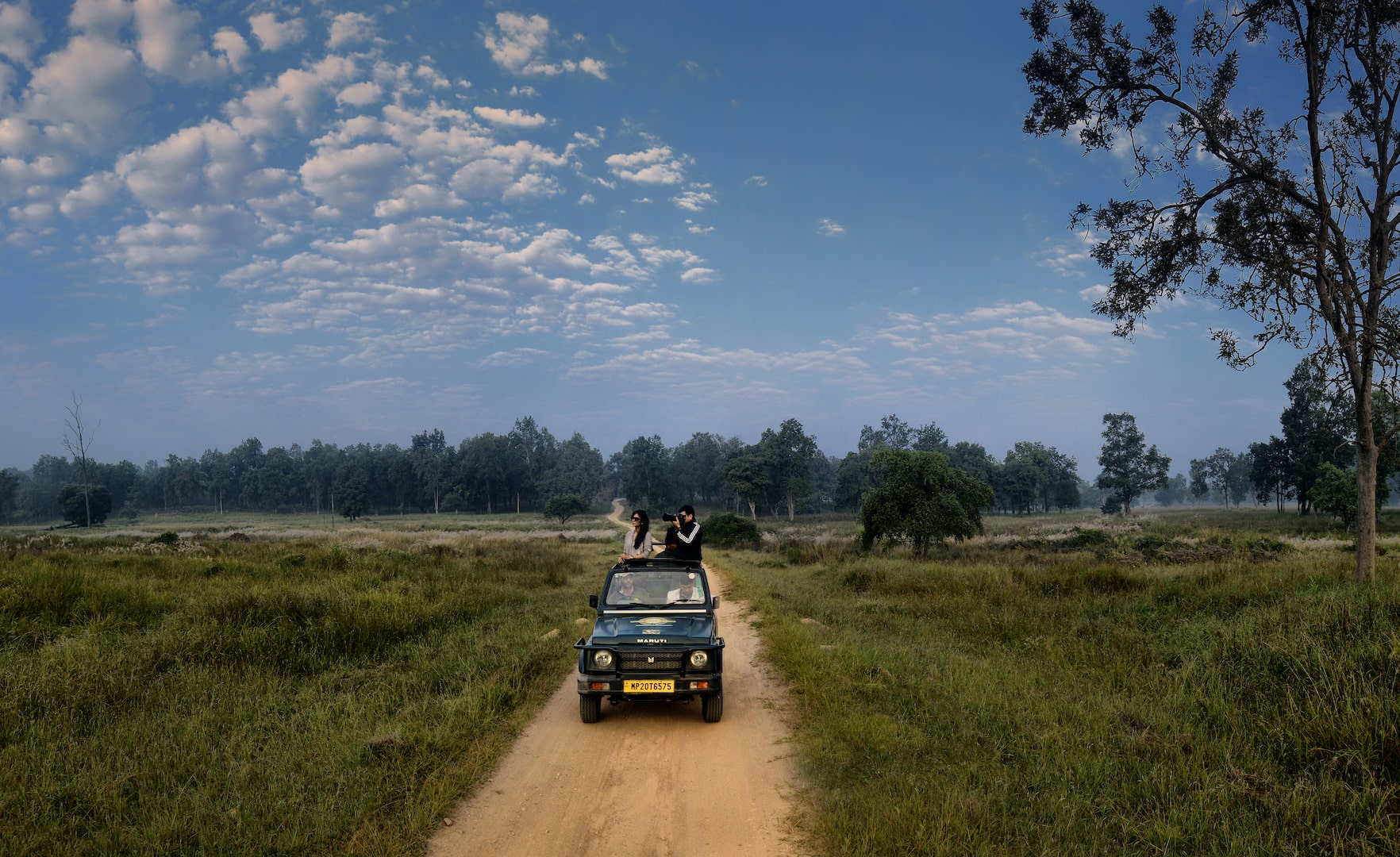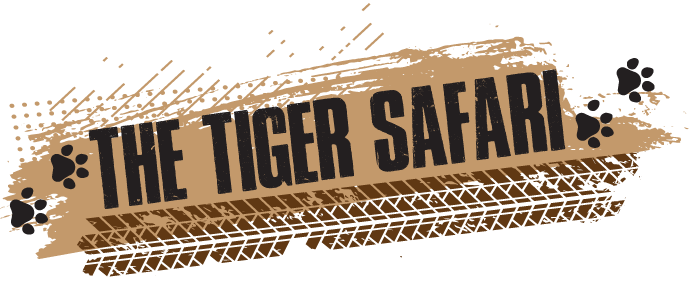Three inundating rivers form an estuary creating mangrove forests that are anything but unique. The River Ganges, Brahmaputra and Meghna pour into the Bay of Bengal through a delta creating an ecosystem that supports tigers and saltwater crocodiles the World’s perfect hunting machines. The salt water crocodiles are by nature man eaters and so are the tigers of Sunderbans.
Spread in an area of the thousand sq.km encompassing both India and Bangladesh the big cat finds its name from the Indian State Bengal. Hence they are known as Bengal tigers all over the country including Nepal, Bhutan and Bangladesh (panther tigris tigris).
The transition from fresh water to increase salinity of the estuary gives rise to amazing aquatic species which is an interesting aspect. Diverse habitat layers of channels, mangroves and their emerging roots and branches are the breeding grounds of diverse aquatic species.
Mammals by species are scarce and no big herbivore lives here to offer food. Chital, barking deer, wild boar and rhesus macaque, are the prime prey interestingly the big cats also fish. Gangetic dolphins and otters inhabit the waters along with mind boggling variety of fishes, turtles, tortoise, amphibians, terrapins and crabs which surface whence the tide is low. Deadly snakes and monitor lizards can be encountered frequently.
The tortured terrain of mudflats, rugged shores and mounds immersed in saline waters make life difficult for the Sunderban tiger, and some of them resort to man eating especially the intruders who penetrate deep into the dense canopy full of shrubs and trees. Like any tiger reserve in India humanity surrounds the periphery and most of the people are dependent upon minor forest produce especially honey and they are by profession fishermen as well.
The hardwood tree which is widespread is the sundari and it exits along with gewa, keora and Koran. The floral diversity is immense in Sunderbans. The National Park is extremely rich in avian species which can be check listed while on tiger safari.
Sunderbans Biosphere Reserve (India): 4000 plus sq km
Sunderban National Park Area: 1330 sq km
Sunderban Tiger Reserve:
Populated Area: 1437 sq km
Forest Area: 1474 sq km
Climate:
Winters: 10 deg C
Summers: Max 42 deg C
Essentials: Kolkata
How to Reach?
Kolkatta is the nearest airport and also a railhead at a distance of 112 km. Canning is the nearest railhead connected to Kolkata at a distance of 48 km.


